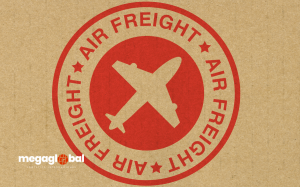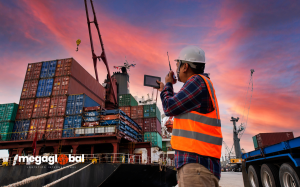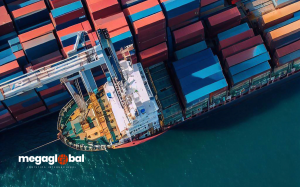Learn how the EU’s new emissions regulations will affect your logistics and what steps you can take to adapt.
As highlighted in an article by Stock Logistic, the European Union’s Emissions Trading System (EU ETS) has introduced new regulations in the maritime sector, directly affecting logistics management and operational costs. Starting in 2024, shipping companies will be required to monitor, report, and verify their CO2 emissions, representing both challenges and opportunities for businesses. In this article, we explore the implications of this new regulation and what you can do to be prepared.
What is the EU ETS?
The EU ETS is the European Union’s pioneering system for reducing greenhouse gas emissions across various sectors, including maritime transport. Shipping companies must comply with increasingly strict emission quotas starting January 1, 2024. This means that all CO2 emissions must be monitored, reported, and verified under very strict guidelines. By 2025, 40% of 2024 emissions must be covered by purchasing emission rights, and this percentage will progressively rise to 100% by 2027.
How Does This Affect You as a Logistics Manager?
For logistics managers, this regulation introduces several key challenges:
– Rising Costs: Emission rights, which must be purchased to cover a portion of CO2 emissions, will increase operational costs. Additionally, the price of these rights is expected to rise over time.
– Changes in Shipping Routes: Some shipping companies may choose to alter their routes to avoid EU ports and reduce ETS costs. This could affect transit times and logistics operations, requiring greater planning and flexibility.
– Additional Responsibility: As a logistics manager, you must ensure that your partners comply with the ETS regulations. This includes working with companies that implement effective emission monitoring and reduction strategies.
Proactive Adaptation: What Can You Do?
1. Education and Training: The first step is to become familiar with the ETS details and train your team to understand their responsibilities. Understanding the monitoring, reporting, and verification requirements is crucial to avoiding penalties.
2. Clean Technology: Consider investing in technological solutions that help reduce CO2 emissions, such as using more efficient ships and clean energy. These measures will not only help you comply with the regulation but can also lower your costs in the long term.
3. Collaborating with Strategic Partners: Surrounding yourself with allies who share your commitment to sustainability is key. Working with partners who already implement environmentally friendly practices will make it easier to comply with the new requirements.
Opportunities Amid the Challenges
While the ETS may seem challenging, it also presents opportunities. Companies that quickly adapt to the regulations can differentiate themselves in the market for their commitment to sustainability. Additionally, implementing responsible practices can enhance the company’s image and open up new business opportunities with customers who value this approach.
The implementation of the EU ETS will change the way maritime transport is managed. Stay up to date with the regulations, train your team, and collaborate with sustainable partners. Adopt a proactive strategy and stay ahead of the curve in the transition to a more sustainable logistics future.
#EUETS #CO2Emissions #MaritimeTransport #SustainableLogistics #MaritimeRegulation #EULaw #ClimateChange #LogisticsEfficiency #SustainabilityInLogistics #LogisticsInnovation







